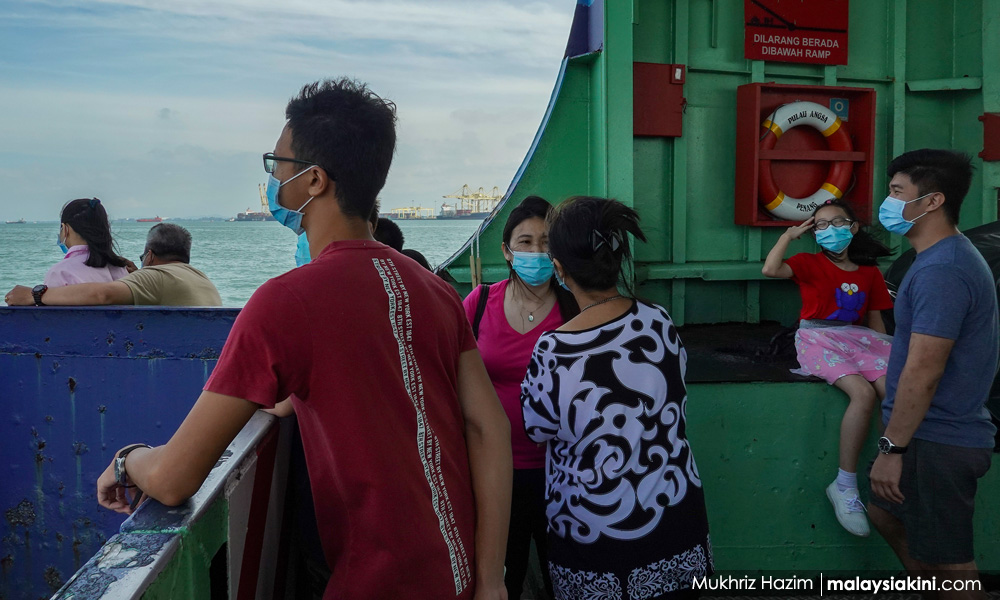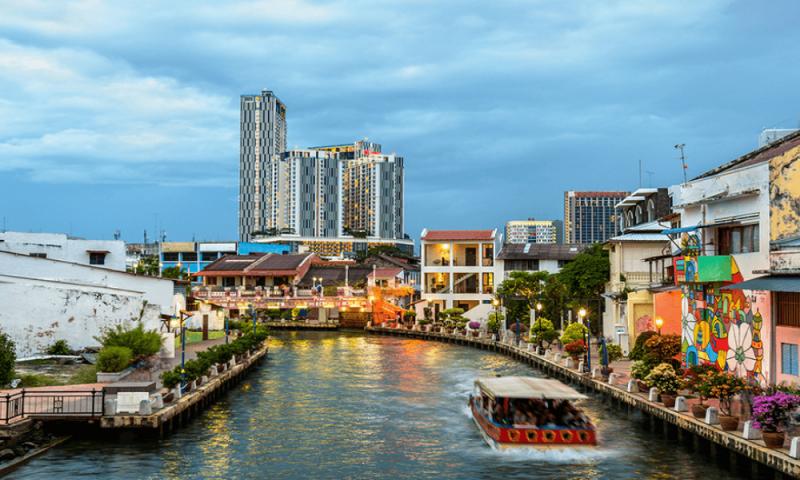LETTER | Tourism plays important role in Malaysia’s development
LETTER | Sadly, tourism may get relegated to the back burner in Budget 2024 if the powers that be regard it as a non-essential business.
Those equipped with tunnel vision see travel as nothing more than an option for people with spare time and money to go on holidays.
They are like those in their comfort zones cocooned within their ecosystem but oblivious to the general environment. It is best described by the Malay proverb "seperti katak di bawah tempurung” (like a frog underneath a coconut shell).
In a larger context, communities with insular mindsets remain isolated and backward. They are least interested in others with different dialects, languages, beliefs, religions, traditions, cultures, teachings, ideas, methods, practices and livelihoods.
Ironically, those insular may even have a sense of “ketuanan” or superiority over others. The best example can be found on North Sentinel Island, one of the Andaman Islands in the Indian Ocean. The natives here are the world’s last and most isolated tribe still living in the stone age!
In contrast, populated regions around the world are those that have attracted large numbers of settlers over the past centuries.

In recent decades, the most developed countries are those most visited by foreigners and many of their citizens also travelled far and wide across the globe.
Lest we forget, people travel not just for holidays but also to visit relatives and friends, spend their retirement years and money, indulge in sports and studies, attend corporate and business events, explore import or export trade opportunities, and determine funding and investments.
In any case, all these activities are dependent on accessibility, facility, safety, convenience and service that can only get better through healthy competition.
Our stiffest competitors are other countries in Southeast Asia, especially those deploying one-upmanship to tip the scales.
Since 2015, under the Asean Open Skies policy also known as the Asean Single Aviation Market, airlines from Asean member states are allowed to fly freely throughout the region via the liberalisation of air services under a single, unified air transport market.
Hence, air accessibility is pretty much a level playing field. It is mainly up to Malaysia Airports Holdings Berhad (MAHB) to work with the federal and state governments to help get foreign and local airlines to operate more scheduled or chartered flights using the many airports in the country.
Large numbers of foreign visitors also enter Malaysia by road, and this includes seven border crossings with Thailand at Wang Kelian and Padang Besar in Perlis, Bukit Kayu Hitam and Kota Putra in Kedah, Bukit Berapit in Perak, and Bukit Bunga and Rantau Panjang in Kelantan.
Tourism at its peak
In 2018, there was a record-high number of Thai tourist arrivals to Malaysia, at 1,914,692, and many came by road.
In 2017, there was a record-high number of Bruneian tourist arrivals to Malaysia, at 1,660,606. Apart from travelling by air to various states, many drove to Sarawak.
In 2014, Malaysia received 13,932,967 tourist arrivals from Singapore, boosting total figures to 27,437,135 for the last Visit Malaysia Year.
The Singapore-Kuala Lumpur air corridor remains one of the busiest in the world but crossing the Johor Strait by road can be a nightmare.
A few people travel by train, from Singapore to Kuala Lumpur, as it involves changing trains at Johor Bahru and Gemas. Commuters between Johor and Singapore will have to wait until the end of 2026 to travel on the Singapore - Johor Bahru Rapid Transit System (RTS Link).
Travelling by express buses is affordable and popular in Peninsular Malaysia but obtaining a boarding pass after making bookings online or purchasing tickets at bus stations can be chaotic, even at Terminal Bersepadu Selatan (TBS), the main express bus terminal in Kuala Lumpur.
Fortunately, Peninsular Malaysia is crisscrossed by expressways, highways, trunk roads, secondary roads, and city and residential streets, making everywhere easily accessible to motorists. Last year, 720,658 motor vehicles and 671,386 motorcycles were sold in Malaysia.
Hence, expressways and roads can be congested, especially during festive holidays as visiting relatives and friends is the main purpose for locals to travel.
The RM103.2 billion domestic tourism expenditure recorded in 2019 will likely exceed this year or latest by next year.
Foreign tourists could easily explore the length and breadth of the entire peninsula, either travelling in tour groups using excursion buses or vans, driving rental vehicles and taking advantage of cheap petrol, or riding in express and stage buses for those on a tight budget.
While targeting high-spending tourists, we should not look down on those staying at tourist-class and budget hotels, backpackers stretching their travel dollars, and students on educational trips with limited budgets. All genuine tourists should be heartily welcomed with open arms.

If they are well treated and enjoy their holidays to the hilt in Malaysia, most are likely to return for more but this time as successful and well-heeled executives and businesspersons, and some to invest in Malaysia and repay the kindness they received when travelling on a shoestring budget.
Although Malaysians may sometimes complain about the hot weather, our climate is relatively mild and people do not die from extreme heat or cold.
Even on the hottest days, it is comfortable in the shade, and sleeping outdoors, including camping, does not require warm sleepwear.
Indeed, Malaysia is a tropical paradise for both locals and visitors and it is easy to travel around the country with many cities, towns, villages and resorts offering adequate facilities for refuelling, accommodation, food and beverage, shopping, entertainment, and sightseeing.
With all these infrastructures, facilities and amenities in place to ensure the safety, security, convenience and comfort of travellers, Malaysia has attracted a larger number of foreign tourists and investments than most other Asean countries over the past decades.
But taking it for granted had caused tourism to stagnate. In the decade between 2010 to 2019, foreign tourist arrivals to Malaysia have plateaued, averaging 25.8 million per year.
Without new initiatives or effective measures, the numbers will remain the same in the coming years.
Not only that, the progress of our nation and our economy will also remain lacklustre by churning out more of the same.
However, if tourism is accorded due importance in Budget 2024, its effect will develop the nation’s economy to new heights.
Writer is a master trainer for Mesra Malaysia and Travel & Tours Enhancement Course as well as an Asean Tourism Master Trainer. He is also a transport and training consultant and writer.
The views expressed here are those of the author/contributor and do not necessarily represent the views of Malaysiakini.
RM12.50 / month
- Unlimited access to award-winning journalism
- Comment and share your opinions on all our articles
- Gift interesting stories to your friends
- Tax deductable
